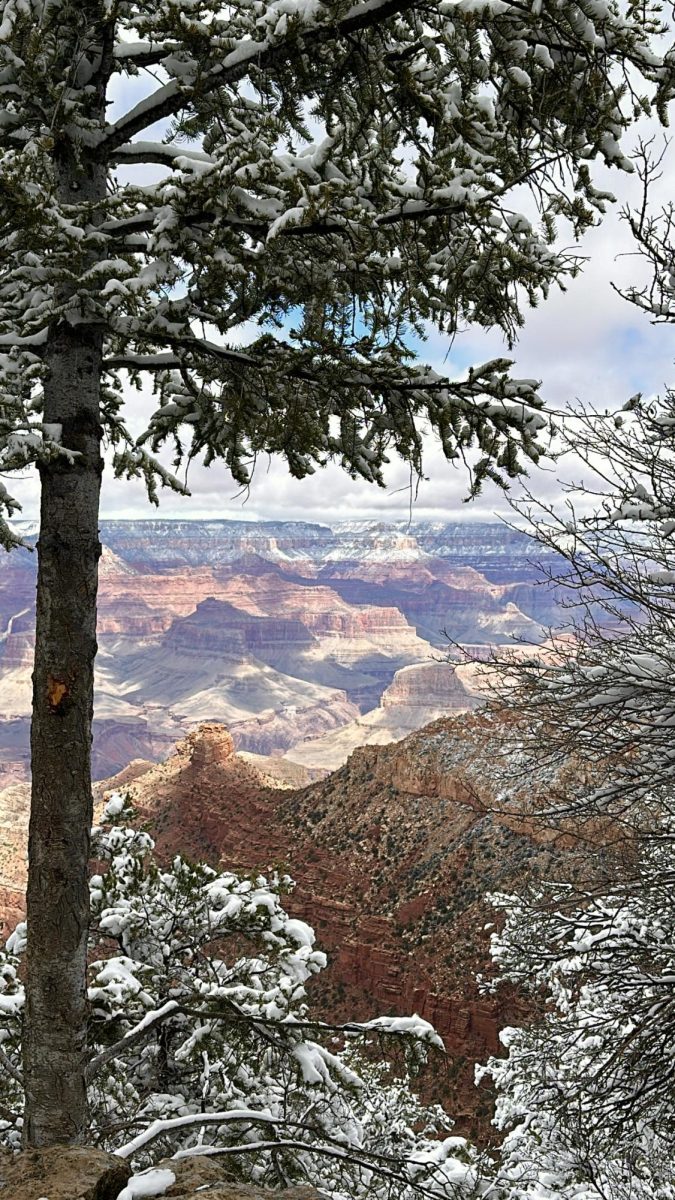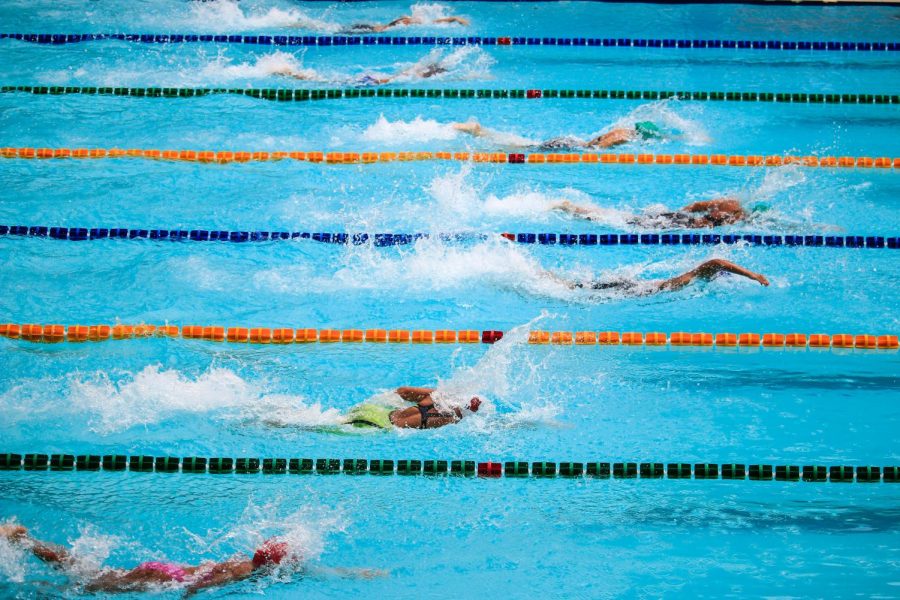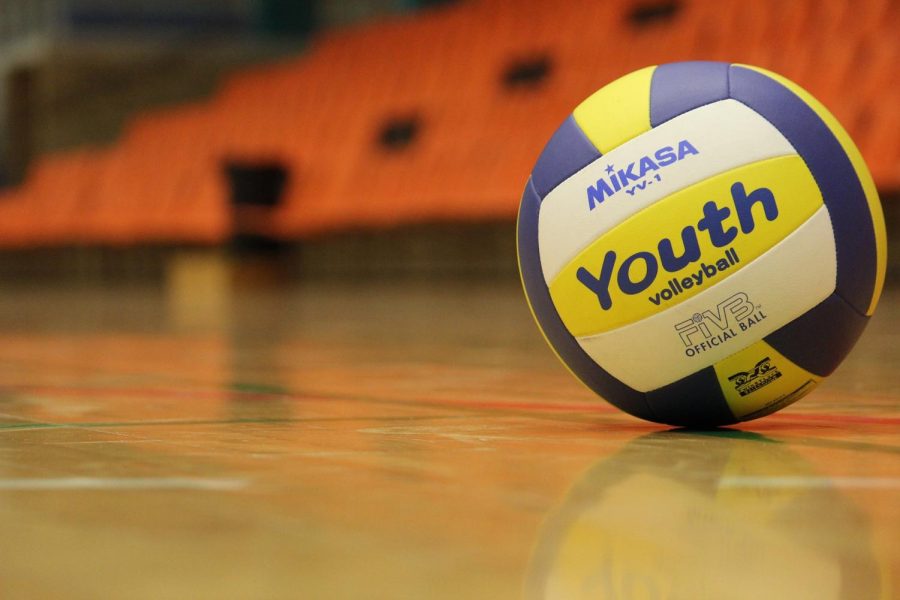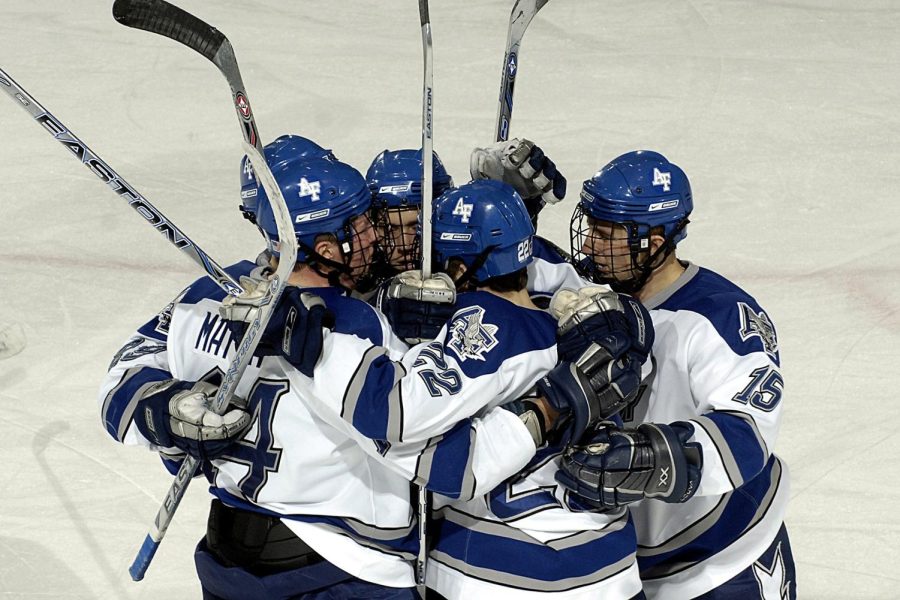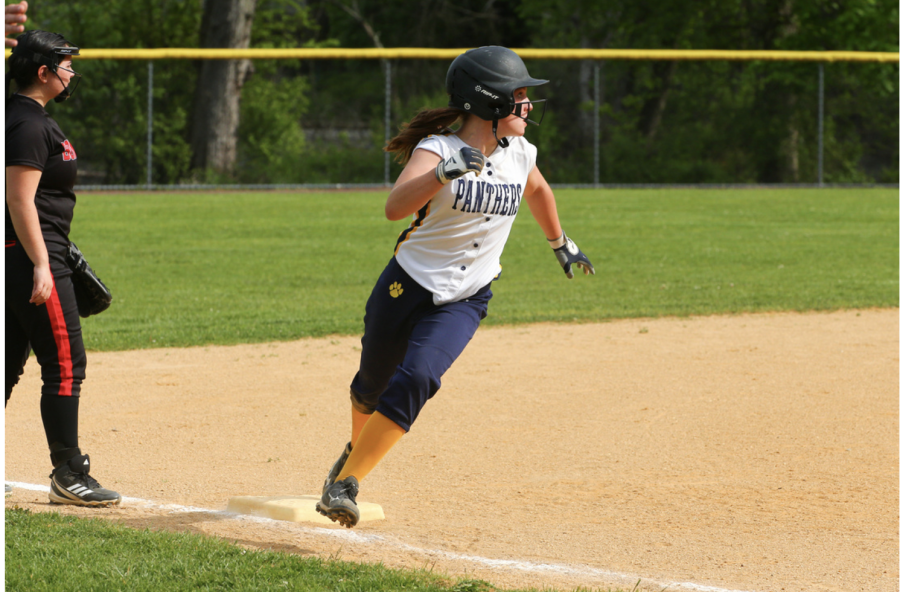OpenAI dropped ChatGPT on November 30, 2022, and immediately “sent many educators into a panic” over the glaring issue of plagiarism (for which there are now many online checkers). The AI chatbot has developed well over 20 updates from improving factuality (Jan. 2023) to most recently testing memory (Feb. 2024), which have increased user-friendliness and general reception. With its globally expanding user base and constant machine-learning program, ChatGPT and other AI can be reasonably and easily used to students’ advantage. Specifically, ChatGPT has five practical virtues that encourage student learning (excluding math): brainstorming, outlining, summarizing, debating, and writing tips.
- Brainstorming: ChatGPT shines when making succinct lists of ideas. Brainstorming’s broad applications range from prom themes to classroom comportment advice. For example, a student might seek the Internet’s counsel on responding to an obtuse prompt. AI might help decipher the meaning and provide helpful guiding questions, providing quick answers when the teacher is unavailable.
- Outlining: Students who struggle to approach time management of large projects can benefit from AI-curated schedules. ChatGPT will generate detailed study plans, explain effective review methods, and sample essay structures to students’ specific needs.
- Summarizing: Its short- and long-form format (respectively) makes ChatGPT perfect for summarizing historical events, pop-culture debates, and novels. Adding “detailed” to the question can encourage the program to elaborate on important information. For better-documented knowledge like Wars and Shakespeare, ChatGPT does well with timelines.
- Debating: Instead of a sparring partner, students can test their knowledge against OpenAI’s program. Because of its automatic learning, it will cater to a student’s needs if so prompted. Quizlet, chiefly known for its digital flashcards, is experimenting with the technology with a new “Q-Chat” feature.
- Writing tips: If you insert the prompt of an assignment and your response into ChatGPT, it can respond with in-depth suggestions for improvement. ChatGPT recognizes the nuance in writing and intellectual arguments and will advise on smoother transitions, stronger lines of reasoning, staying on theme, and more. It can even give a range of grades a student might expect from their writing.
It is also worth noting that many students use Grammarly, a Ukraine-based AI writing tool that reviews grammar, spelling, tone, clarity, delivery, and more. Its popular browser extension is great for emails and essays, identifying what Google’s spell check misses. Other useful websites and resources include Photomath (for checking math problems), WordCounter (for keyword density, reading level, and speaking time), and Rewordify (for simplifying difficult language). All have the potential to vastly improve students’ command of the English language and understanding of subjects gratuitously.
Without referencing issues, one cannot write an article praising ChatGPT and other online learning platforms in good faith. This column fails to address AI concerns such as OpenAI’s minimum-wage Kenyan workers (when the company hit $2 billion in revenue last month), amplifying societal biases, providing misinformation (the program is a conglomerate of the World Wide Web, and it is subject to the same inaccuracies), threatening designer jobs (see: award-winning AI art), stolen (or “borrowed”) art, and hate speech. However, for students’ purposes, ChatGPT and similar programs remain viable and valuable knowledge vaults despite their flaws: as students harness the world’s wealth in their pockets, they will use it.


